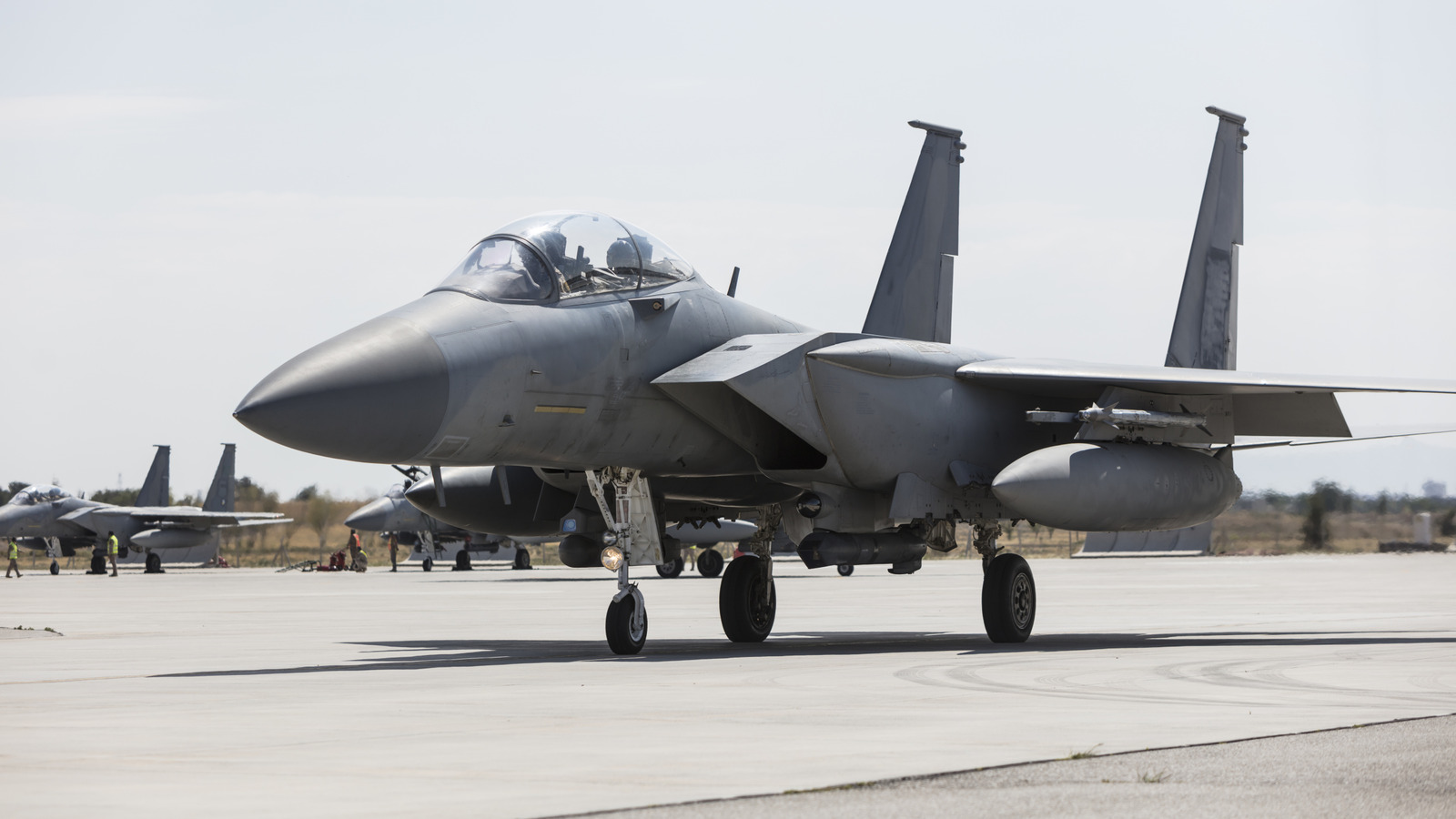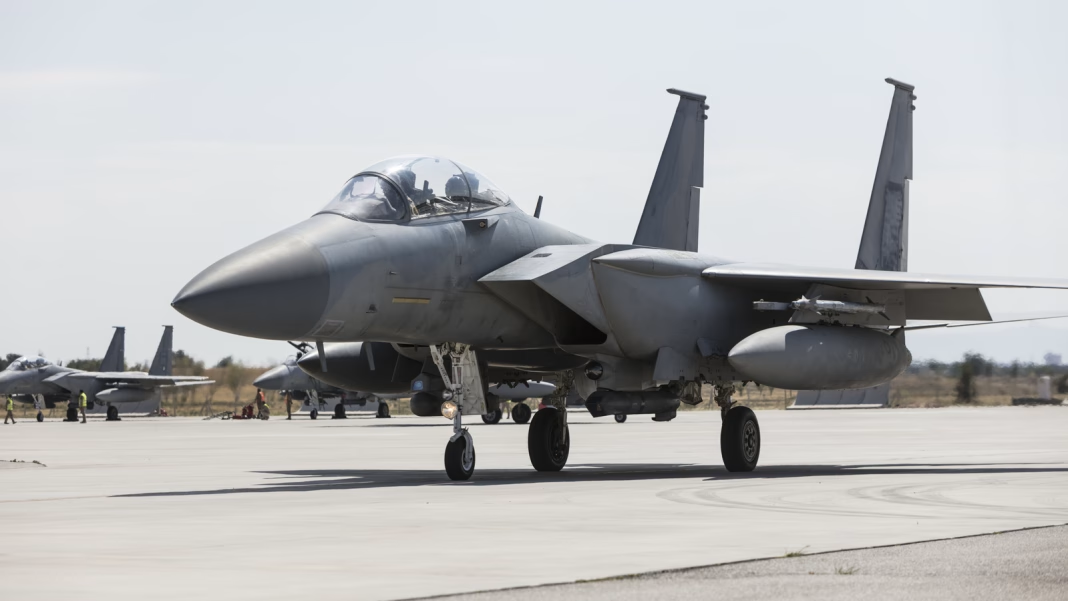What Actually Happens If You Hit the Eject Button While Still on the Ground?
Let’s get right to the question that’s probably on your mind: what if someone accidentally pulls the ejection handle of a fighter jet while the plane is still parked? You might imagine a dramatic, Hollywood-style launch into the sky. The reality? It’s a lot messier—and a lot more embarrassing.
Why Would Anyone Eject on the Ground in the First Place?
Ejection seats are designed as a last-resort safety feature, meant to save pilots’ lives in the split second between disaster and catastrophe. But they’re not foolproof. Human error, confusion, or even a moment of panic can lead to someone pulling that handle at the worst possible time. In fact, there have been documented cases of accidental ejections on the tarmac, often involving new crew members or ride-along passengers unfamiliar with the cockpit’s controls.
What Goes Down When You Go Up (on the Ground)
When the ejection handle is pulled, a sequence of explosive charges fires almost instantly. The canopy blasts away, the seat rockets upward, and the pilot (or passenger) is launched clear of the aircraft. In the air, this is a lifesaver. On the ground, it’s a recipe for injury. The seat doesn’t have the altitude or airspeed needed for a safe parachute deployment. Instead, you’re hurled upward, only to come crashing back down—sometimes still strapped to the seat.
According to a report from the U.S. Air Force Safety Center, ground ejections have resulted in everything from broken bones to serious spinal injuries. In rare cases, they’ve even been fatal. The seats are engineered to work best at speed and altitude, not from a standstill on the runway.
How Do Modern Jets Try to Prevent This?
Aircraft manufacturers and military organizations are well aware of the risks. That’s why most modern fighter jets have multiple safety interlocks and arming mechanisms. For example, the ejection seat might be “safed” until the pilot is ready for flight, requiring a specific sequence to arm it. Ground crews are trained to double-check these systems before anyone climbs aboard.
But even with these precautions, mistakes happen. In 2022, a ride-along passenger in a French Air Force Rafale accidentally triggered the ejection seat while the jet was still taxiing. The passenger survived, but the incident led to a thorough review of safety protocols and cockpit briefings.
What’s the Fallout—Physically and Professionally?
The physical consequences of a ground ejection can be severe. The force of the seat’s rocket motors is immense—enough to propel a fully equipped pilot hundreds of feet in the air. Without the cushioning effect of altitude, the landing is brutal. Medical studies published in Aviation, Space, and Environmental Medicine have documented compression fractures, dislocations, and even traumatic brain injuries from low-altitude ejections.
Professionally, the embarrassment is real. Accidentally ejecting on the ground is a career-defining moment, and not in a good way. Pilots and crew members face investigations, retraining, and sometimes disciplinary action. The incident becomes a cautionary tale for everyone on the base.
Is There Any Way to Make Ground Ejection Safer?
Engineers have tried to design “zero-zero” ejection seats—meaning they’re supposed to work at zero altitude and zero airspeed. These seats use more powerful rockets and complex stabilization systems. While they’ve improved survival rates, they can’t eliminate the risk of injury entirely. The laws of physics are tough to beat.
The best solution? Prevention. That means rigorous training, clear procedures, and a healthy respect for the power of that little yellow-and-black handle.
What Can We Learn from These Mishaps?
If there’s a silver lining, it’s that every accidental ground ejection leads to better safety protocols and training. Pilots and passengers are reminded—sometimes painfully—of the importance of knowing their cockpit and respecting the machinery. It’s a lesson that gets passed down, sometimes with a sheepish grin, to the next generation of aviators.
The big takeaway? Ejecting isn’t about perfection—it’s about smarter adjustments. Start with one change this week, and you’ll likely spot the difference by month’s end.


